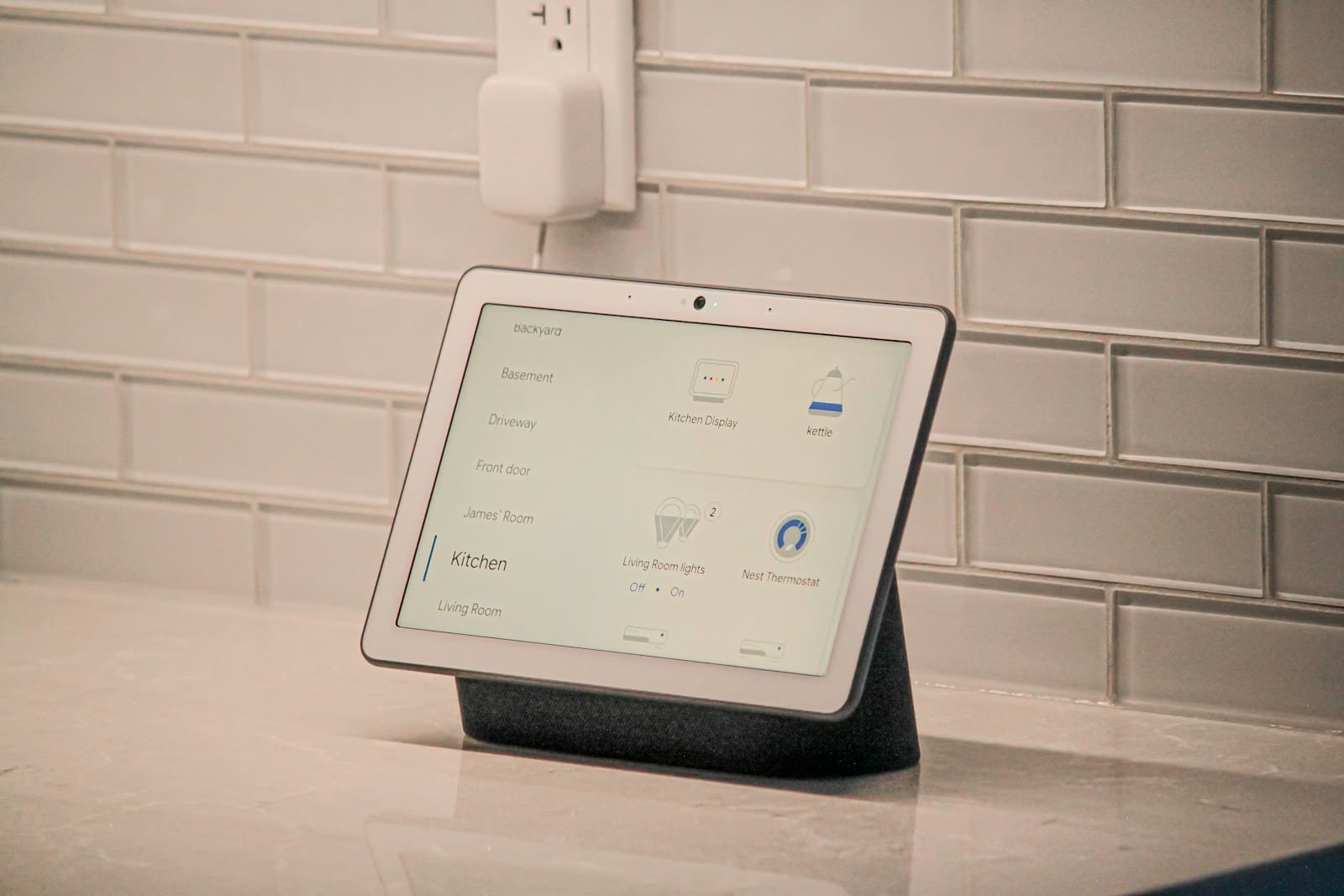Renewable energy professionals and utility workers first witnessed a fully optimized smart home in movies, and now building management systems (BMSs) are becoming standard installations. In conjunction with smart thermostats, they deliver the results homeowners want in an energy-efficient future. The two technologies innovate any building to operate more considerately to the planet’s well-being and homeowners’ wallets.
Compatibility With Other Smart Devices
BMS and smart thermostat compatibility expand a structure’s window of opportunity for further smart building technologies. Temperature monitoring alongside the data visualization and communication visibility of a BMS allows each device to reach its potential.
The pair also boosts the efficacy of other smart devices, like:
- Lighting: Adjust for time of day, humidity, temperature or occupancy to respond to outside conditions.
- Appliances: Communicate with BMS to use more energy during off-peak hours to reduce grid strain.
- Renewable energy generators: Monitor real-time consumption to find inefficiencies and optimal hours.
- Energy storage: Visualize capacity with BMS to prepare for emergencies.
- Water management: See weather data alongside smart irrigation suggestions to conserve resources and refine watering schedules.
- Security systems: Change HVAC, lighting and energy settings based on who is home.
The Internet of Things, cloud computing connectivity and advanced communication protocols make this combination effective for boosting efficiency, yielding savings for homeowners and renewable energy professionals.
Streamlining Controls and Remote Automation
Combining these technologies nets buildings a centralized energy management system. This localizes controls into one unified interface, making it straightforward for energy professionals to analyze and homeowners to interact with.
Users can curate multiple thermostats individually with schedules based on occupancy and comfort. The BMS can also suggest preloaded scenarios connected to lighting, security and more for when people are at work or home. This simplifies the user experience, gives residents remote functionality and boosts energy literacy on all building equipment.
Expanded control systems give homeowners agency. They are in charge of the most minute adjustments, with communications access to professionals if they have questions. Utility workers should assist homeowners with actions like thermostat calibrations to ensure consistent performance and minimize inaccurate readings. Oversights could lead to a 10% increase in energy bills.
Gaining Productivity and Energy Savings
Stacking technologies with sustainable capabilities earns energy and monetary savings for commercial and residential buildings.
The most important factor for environmental advocates is energy efficiency boons. Smart thermostats consistently cut consumption by 15%-20% based on occupancy behaviors and patterns. Oversight is also critical to reach the higher percentages. BMSs may automate the most prominent boosts by participating in demand response programs, which give money back for using less during peak times.
Energy providers will also notice carbon savings as energy needs go down. One case study embedded an AI with a BMS, and it reduced emissions by 26.1% in six months. This includes a 16.7% reduction in electricity consumption. The efficiency data alerts technicians of problems before they exacerbate, extending the life span of all connected equipment years past conventional options.
Additionally, homeowners and energy experts want to witness home productivity improvements that use electrical resources smarter than without the integrations. Staff productivity gains could increase because automation removes many inefficiencies and human error from manual intervention. It also gives more flexibility to workforces because it reduces the number of on-site visits that need to be made.
Modern Building Expectations
BMSs and smart thermostats are foundational requirements for this generation’s commercial and residential blueprints. They are critical in reducing global emissions and helping renewable energy workers promote standards that align with sustainable development. Industry experts must encourage integration to educate customers, minimize the impact of buildings and improve the lives of residents worldwide.





